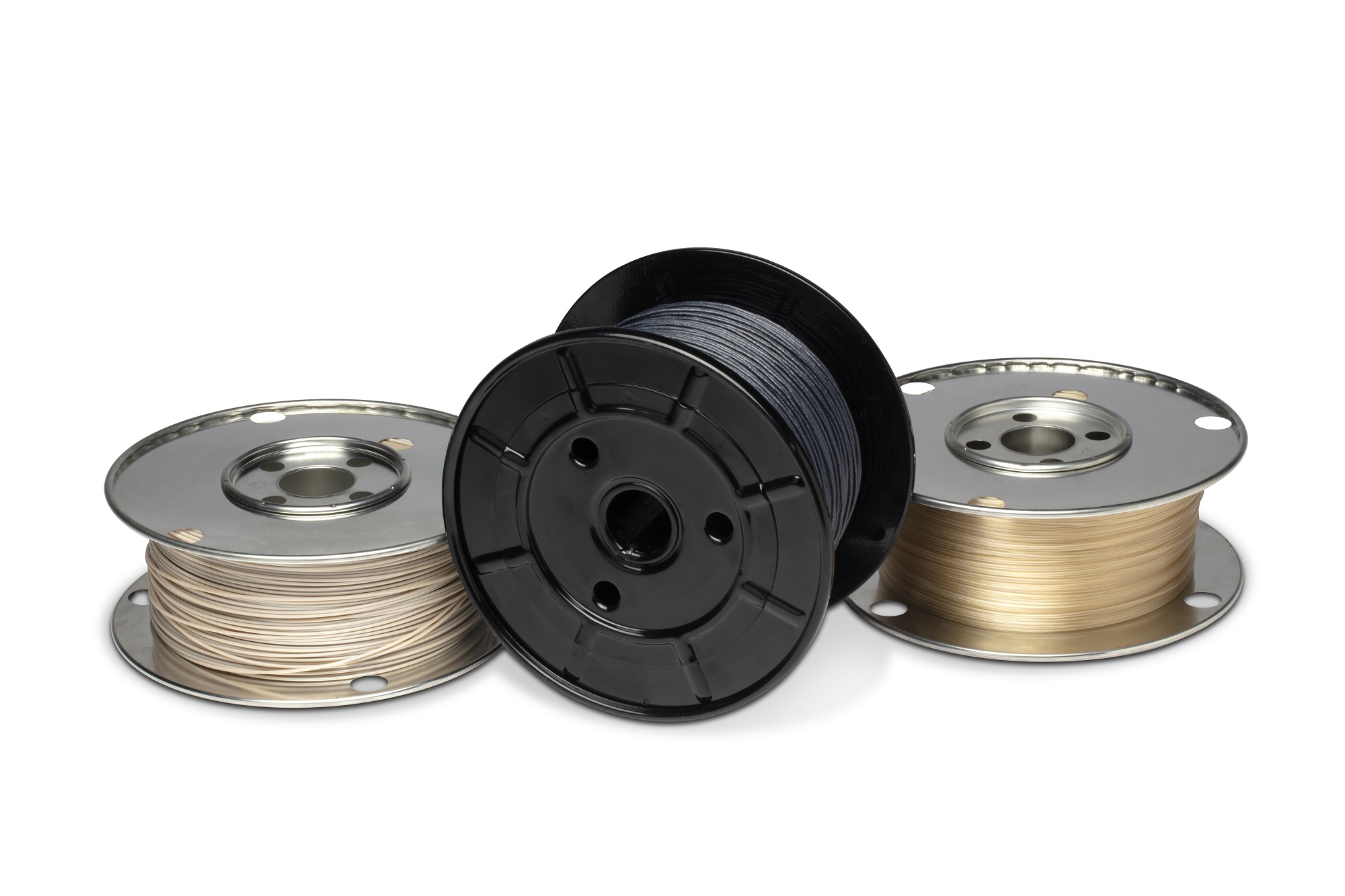After a 2018 marked by partnerships and release of new products, Solvay is “ending” the year with the release of 3 new materials dedicated to the healthcare sector.
The release arouses interest in the manufacturing requirements that healthcare professionals should meet when using 3D printing materials.
Christophe Scharamm, Solvay’s Manager Technologies, addressed this issue during a conversation at Formnext.
Tell us more about the additive manufacturing (AM) unit of Solvay
I am responsible for the AM unit at Solvay Specialty Polymers. The unit integrates a portfolio of 35 brands of high-performance polymers from fluoropolymers to high performance aromatic polymers. The global business unit Solvay Specialty Polymers has already generated about 2 billion € of turnover.
Our materials distinguish themselves among others of the same range by their chemical resistance, mechanical resistance, abrasion resistance and lightweight. In other terms, the main characteristics required in performance industries such as automotive, aerospace, or healthcare industry.
How did this AM journey start?
In 2015, we became aware that our customers were increasingly interested in additive manufacturing and that some of them were already very active in this sector.
However, at that moment, the market presented a lack of solutions in high-performance industries. We wanted to add value to this market share and started developing additive manufacturing materials for these industries.
What about the manufacturing requirements when using 3D Printing materials in the healthcare industry?
It should be noted that Solvay has over 25 years of experience in the healthcare industry, meeting therefore demanding requirements of this sector. We have materials whose usage has been approved for use in the body, be it limited contact or longer-term implants.
Some requirements therefore include that professionals must ensure that materials are biocompatible. They must be compatible with everything in the body and must not create any contamination if they are in contact with blood or a specific organ of the body.
Other performances are required for other applications such as instruments. Some professionals want instruments that are strong but light. This is where our high-performance polymers come into play. They enable to produce objects that integrate both stiffness and a very low weight on the one hand, while withstanding high temperatures on the other hand.
Furthermore, parts produced using these materials should be chemical resistant, so it is possible to clean them, sterilize them repeatedly, more than a thousand times…
Tell us about the materials that have been unveiled during the show
We have unveiled three materials intended for the healthcare industry:

A neat KetaSpire® polyetheretherketone (PEEK) AM filament (NT1 HC) and a 10-percent carbon fibre reinforced KetaSpire® PEEK AM filament (CF10 HC), together with a neat Radel® polyphenylsulfone (PPSU) AM filament (NT1 HC) are Solvay’s first medical grade AM filaments for limited contact applications (<24hr bodily fluid/tissue contact).
Solvay’s KetaSpire® PEEK AM filaments are designed to allow fusion of printed layers, enable high part density and deliver exceptional part strength, including along the z-axis. Radel® PPSU AM filaments also provide excellent fusion of printed layers in addition to transparency, high elongation and toughness.
What do you expect for 2019?
We will continue to develop our products’ pipeline and our ecosystem: more materials, more products for simulation solutions, more partnerships, with printer manufacturers and 3D printing service providers. 2019 is an important year for us in that regard.
Your last word?
We are very excited about the development of AM that keeps demonstrating a lot of potential. It is a fascinating technology that will bring a lot to manufacturing in general. We believe that we have an important role to play in bringing AM to the next level.
There is steady growth, that’s the reason why we invest and will keep investing heavily. So far, the market presents a very positive outlook.
For further information about 3D Printing, follow us on our social networks and subscribe to our newsletter!
Would you like to be featured in the next issue of our digital magazine? Send us an email at contact@3dadept.com
//pagead2.googlesyndication.com/pagead/js/adsbygoogle.js
(adsbygoogle = window.adsbygoogle || []).push({});





